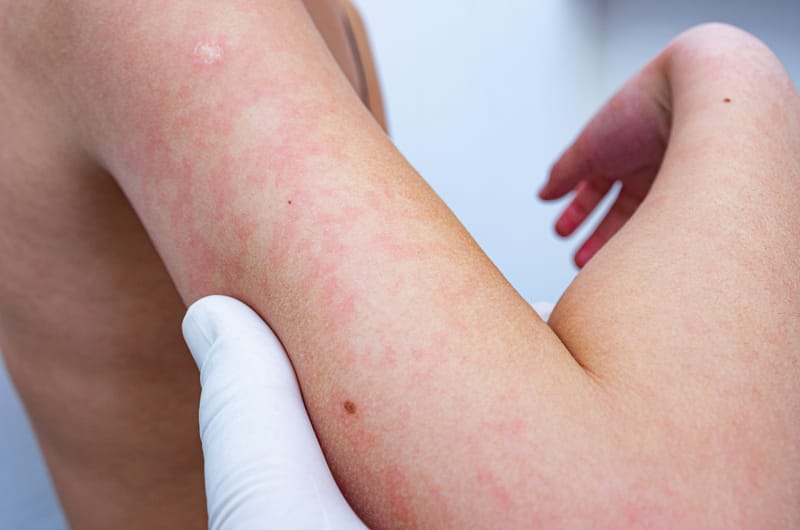عيادات الجلدية

Urgent (< 5 days) | |
Persistent rashes or dermatitis not responding to ≥ 6 weeks of appropriate treatment (e.g. eczema, seborrheic dermatitis, contact dermatitis, rosacea) Psoriasis or lichen planus requiring systemic treatment or phototherapy Suspected autoimmune or bullous diseases (e.g., cutaneous lupus, vitiligo with rapid spread) Scarring alopecia or hair disorders (not clearly telogen effluvium, or caused by reversible nutritional or metabolic factors) Moderate–severe acne unresponsive to topical + oral agents available in PHCs Chronic urticaria > 6 weeks not responding to 2nd gen antihistamines Calluses or warts unresponsive to repeated salicylic acid or previous cryotherapy Unexplained nail changes suggestive of fungal infection, psoriasis, or melanoma Need for diagnostic confirmation or skin biopsy (Urgent if malignancy is suspected) Cosmetic dermatology evaluation (e.g., keloid scar, hyper/hypopigmentation) Skin conditions impacting mental health or quality of life, despite PHC management Recurrent skin infections (boils, abscesses) despite good hygiene and antibiotics. Suspicious benign lesions (e.g., seborrheic keratoses with atypical appearance) | Severe, uncontrolled symptoms (e.g., intense pruritus, pain, widespread discomfort, sleep disturbance) not responding to appropriate PHC treatment Suspected skin cancer (melanoma, SCC, BCC) — non-healing lesions, asymmetry, pigmented lesions with ABCDE features Rapidly enlarging, ulcerating, or bleeding masses/lesions with unclear diagnosis New-onset or worsening blistering disorders (e.g., early pemphigus vulgaris or bullous pemphigoid without systemic signs) Severe or worsening psoriasis (non-erythrodermic) with significant impact on daily function or quality of life Unexplained purpuric or vasculitic rash (e.g., palpable purpura, livedo reticularis) not associated with systemic instability Persistent or widespread skin infections (e.g. tinea) requiring systemic treatments Painful or persistent genital ulcers or vesicular eruptions Persistent or recurrent urticaria with facial swelling or discomfort (but no airway compromise) Neonatal or infant skin rash with systemic symptoms or blistering Suspicion of cutaneous lymphoma or other rare dermatoses |
|
Prepared & reviewed by: Dr. Fahad Saad Almutairi, Dr. Bader Thuwaini Alanazi